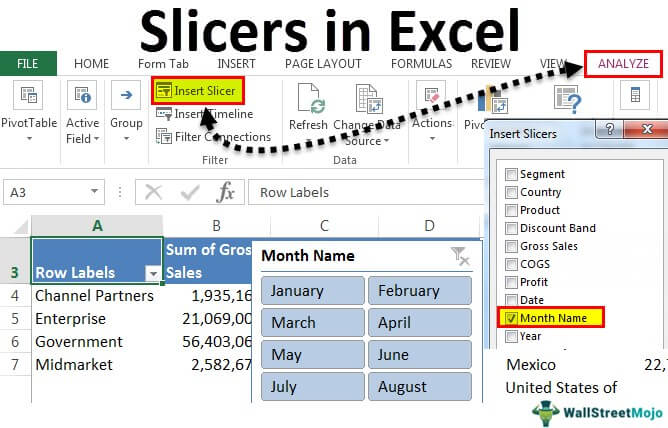

While Excel has improved tremendously in design and usability over the years, the VB Editor has not seen any change in the way it looks. There are different options and sections that may seem completely new at first.Īlso, it still has an old Excel 97 days look. When you open the VB Editor for the first time, it may look a bit overwhelming. Anatomy of the Visual Basic Editor in Excel This is usually the case with worksheet events. This is useful when you want to write code that works only for a specific worksheet.

This method wouldn’t just open the VB Editor, it will also take you to the code window for that worksheet object. Go to any of the worksheet tabs, right-click, and select ‘View Code’. This is a less used method to open the Vb Editor.

You can copy a code from some other workbook or from the internet and paste it in the VB Editor.You can manually type VB code in the VB editor.When you record a macro, it automatically creates a new module in the VB Editor and inserts the code in that module.There are multiple ways you get the code in the VB Editor: VB Editor is the place where you keep the VB code. By default, it’s hidden and to access it, you need to activate it. Visual Basic Editor is a separate application that is a part of Excel and opens whenever you open an Excel workbook. Module Code Window Vs Object Code Window.Anatomy of the Visual Basic Editor in Excel.Keyboard Shortcut to Open the Visual Basic Editor.


 0 kommentar(er)
0 kommentar(er)
